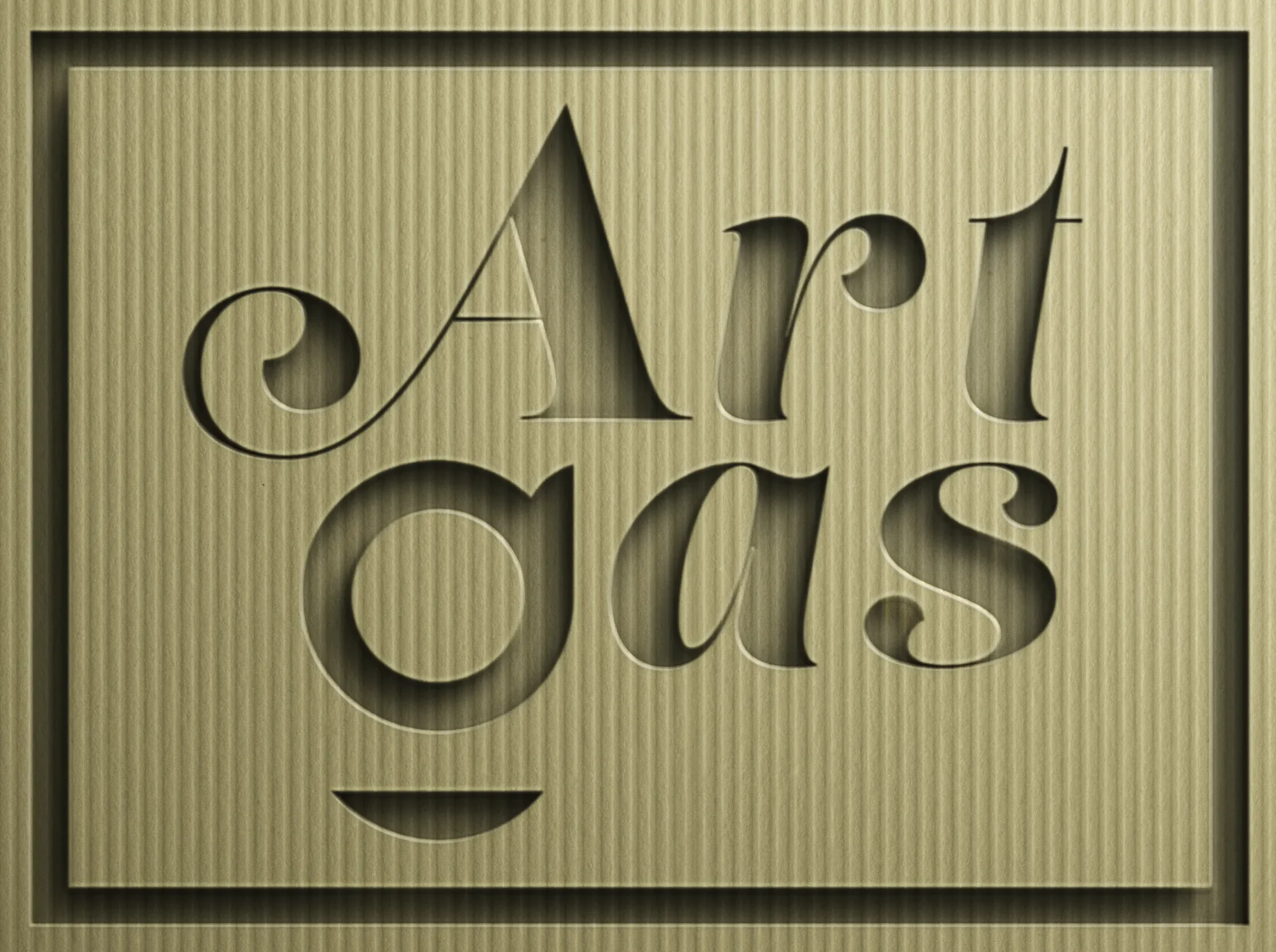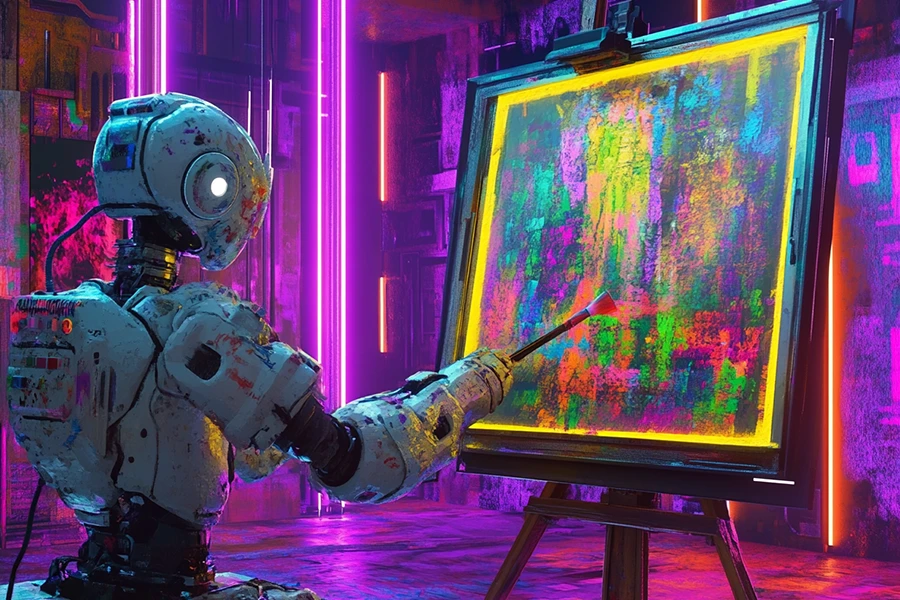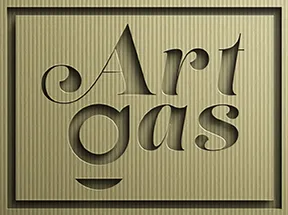Emerging Trends in Digital Art 2025. Digital art is evolving at an unprecedented pace, fueled by advancements in artificial intelligence (AI), blockchain technology, and immersive digital experiences. As we step into 2025, artists and collectors are embracing new ways to create, showcase, and trade digital art. Whether it’s AI-generated masterpieces, phygital (physical + digital) installations, or virtual reality (VR) galleries, the landscape is changing fast.
If you’re looking to explore the latest trends or purchase unique digital art, check out Artgas.au a premier platform for discovering innovative digital artworks.
AI as a Creative Partner in Art
Artificial intelligence is no longer just a tool—it’s an artistic collaborator, pushing creative boundaries.
AI-Generated Art Goes Mainstream
AI-powered platforms like Deep Dream, Runway ML, and MidJourney allow artists to experiment with machine-learning-generated artwork. These tools enable rapid prototyping, unique aesthetic explorations, and hybrid human-AI collaborations.
Example Artists:
- Mario Klingemann (Quasimondo) – A pioneer in AI-generated art, known for his surreal machine-created pieces. Check out his work here.
- Refik Anadol – Uses AI and machine learning to create mesmerizing, data-driven art. Visit his official page: RefikAnadolStudio.
The Debate Over AI and Authorship
As AI-generated art gains popularity, questions about authorship and copyright become critical. Is an artwork truly “original” if an AI model helped generate it? The legal landscape is still evolving, with organizations like Creative Commons exploring new ways to define ownership in AI-assisted art.
Phygital Art: Merging the Physical and Digital
Artists are blending physical and digital elements to create interactive, immersive experiences.
Augmented Reality (AR) and Interactive Art
Platforms like Adobe Aero and Artivive allow artists to overlay AR animations on traditional artwork, transforming how audiences engage with static images.
Example Artists:
- Daito Manabe – A Japanese media artist known for merging technology with human perception. Explore his work: Daito Manabe’s Studio.
- Keiken – A collaborative artist group integrating AR and VR into storytelling. Follow their projects here.
NFTs Evolving Beyond Collectibles
NFTs (Non-Fungible Tokens) have moved beyond simple collectibles into functional assets linked to real-world art. Platforms like Foundation and SuperRare enable artists to sell NFT-backed physical artwork, ensuring authenticity and provenance.
Virtual and Augmented Reality in Art
Immersive technology is revolutionizing the way art is created and experienced.
Virtual Reality (VR) Art Galleries
Artists and museums are increasingly using VR to host exhibitions. Platforms like Spatial.io and Mona Gallery offer virtual spaces where collectors can explore 3D artworks in fully interactive environments.
Example Artists:
- Sutu (Stuart Campbell) – A VR artist known for interactive comics and VR experiences. Explore his work here.
- Goro Fujita – Creates mesmerizing VR illustrations using Quill, an intuitive VR painting tool.
AR-Enhanced Public Artworks
Public installations now include digital overlays accessible through AR apps. The Acute Art platform showcases collaborations with renowned artists like Marina Abramović and Olafur Eliasson.
Sustainability in Digital Art
Eco-conscious artists are finding new ways to reduce their environmental impact.
Green Blockchain Solutions
Platforms like Tezos and Hic et Nunc focus on low-energy NFT minting, providing eco-friendly alternatives to Ethereum-based transactions.
Climate Change-Themed Art
Artists like Alexis Rockman and Marina Zurkow use digital media to visualize climate change. Explore sustainable digital art movements on Art + Climate Action.
Personalized and Interactive Digital Art
Artists are embracing customization, allowing collectors to interact with and modify artworks.
AI-Generated Personalized Artworks
Tools like Artbreeder let users tweak AI-generated images, making digital art more interactive and customizable.
Example Artists:
- Memo Akten – A computational artist known for interactive AI-driven art. Visit: Memo Akten.
- Anna Ridler – Uses machine learning to create AI-generated botanical and abstract art. Explore her work here.
Generative and Data-Driven Art
Generative art platforms like Processing and p5.js enable artists to create ever-changing artworks based on algorithms and real-time data.
The Rise of Digital Art Marketplaces
Online platforms are transforming how artists sell their work.
NFT Art Marketplaces
Marketplaces like OpenSea and Rarible provide decentralized spaces for buying and selling NFT art.
Why Use Artgas.au?
Artgas.au is a top-tier digital art platform that offers:
- A curated collection of digital artworks – Discover unique pieces from emerging and established artists.
- Secure transactions – A trusted marketplace ensuring authenticity and ownership verification.
- Diverse art styles – From AI-assisted visuals to classic digital paintings, explore a wide range of creativity.
🔗 Explore digital art at Artgas.au today!
Conclusion
2025 marks an exciting new chapter in digital art, with AI collaboration, phygital experiences, VR galleries, and sustainable practices leading the way. Artists are no longer confined to traditional canvases—technology is expanding the possibilities of artistic expression.
For those eager to stay ahead of the curve, platforms like Artgas.au provide a gateway to explore and collect the latest digital art innovations. Whether you’re a creator or a collector, now is the perfect time to dive into the future of digital art!


